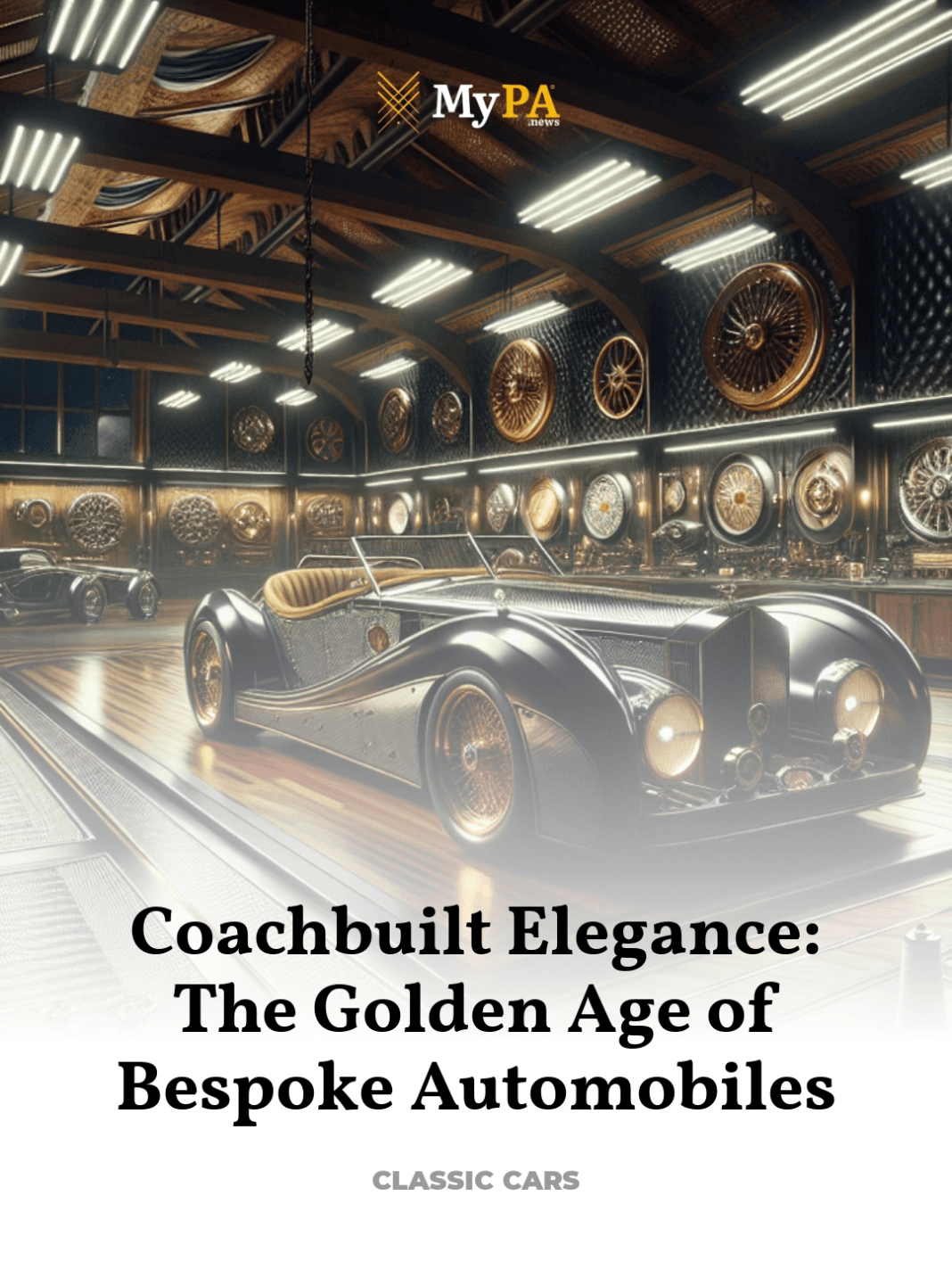Exploring the art of handcrafted luxury cars from the world’s finest ateliers
The allure of bespoke automobiles is not merely in their aesthetic appeal or their exclusivity, but in the profound narrative of craftsmanship and tradition that each handcrafted model carries. This narrative is especially potent when exploring the golden age of coachbuilt cars, a period when automotive construction was as much an art form as it was a means of transportation.
- Introduction to Coachbuilt Automobiles
- Historical Overview of Bespoke Automotive Art
- Key Ateliers and Their Masterpieces
- The Art of Craftsmanship in Coachbuilding
- Cultural Impact of Bespoke Automobiles
- Modern Resurgence of Coachbuilding
- Reflecting on the Legacy of Coachbuilt Cars
Introduction to Coachbuilt Automobiles
The term ‘coachbuilt’ refers to vehicles for which the bodywork has been custom-made and fitted to a pre-existing chassis, often from a separate manufacturer. This practice, reaching its zenith from the 1920s to the 1950s, allowed for unparalleled levels of personalization and craftsmanship, turning automobiles into bespoke pieces of art.
Historical Overview of Bespoke Automotive Art
The origins of coachbuilding trace back to the horse-drawn carriage era. As motorized vehicles emerged, skilled craftsmen who once designed carriages began applying their artistry to automobiles. The early 20th century saw the rise of luxury automobile manufacturers who relied on these artisans to create unique, handcrafted bodies for their sophisticated chassis. Brands like Rolls-Royce, Bentley, and Duesenberg would provide the engine and frame, while coachbuilders such as Pininfarina, Figoni et Falaschi, and Mulliner Park Ward would sculpt the vehicle’s exterior and interior to the client’s specifications.
Key Ateliers and Their Masterpieces
Among the most revered coachbuilders, Pininfarina stands out for its longstanding partnership with Ferrari, crafting some of the most iconic cars in history. In the 1930s, Figoni et Falaschi became famous for their flamboyant designs and pioneering use of streamlined shapes, most notably seen in the Talbot-Lago T150 SS Teardrop Coupe. Meanwhile, in Britain, Mulliner Park Ward was known for its refined and elegant designs, particularly for Rolls-Royce and Bentley models.
The Art of Craftsmanship in Coachbuilding
The process of creating a coachbuilt car was intensely personal. Every element, from the curvature of the fenders to the stitching on the leather seats, was meticulously crafted to meet the desires of its owner. This level of detail required not only artistic vision but also a deep understanding of materials and techniques. The coachbuilders of the golden age were masters of woodworking, metal shaping, and leather crafting, which allowed them to execute designs that were both beautiful and technically advanced.
Cultural Impact of Bespoke Automobiles
Bespoke automobiles were more than just modes of transport; they were symbols of status, innovation, and artistic expression. They reflected the societal values and aesthetic preferences of their times, influencing fashion, art, and design. The exclusivity and prestige associated with these vehicles also made them favorites among royalty, celebrities, and industrial magnates, further cementing their place in cultural history.
Modern Resurgence of Coachbuilding
In recent years, there has been a resurgence of interest in bespoke automotive craftsmanship. Luxury manufacturers like Rolls-Royce and Bentley have reintroduced bespoke services, allowing a new generation of enthusiasts to experience the joy of customizing their vehicles. Additionally, small-scale manufacturers and restorers have begun to explore the art of coachbuilding, blending traditional techniques with modern technology to create unique contemporary classics.
Reflecting on the Legacy of Coachbuilt Cars
The golden age of coachbuilt automobiles represents a pinnacle of craftsmanship and aesthetic achievement in automotive history. These vehicles remind us that cars can transcend their utilitarian purposes to become enduring works of art. As we look to the future of bespoke automobiles, it is clear that the legacy of coachbuilding continues to inspire and influence the design and production of luxury vehicles around the world.
For further exploration into the world of luxury automobiles and their cultural significance, consider visiting the Louwman Museum, which houses an extensive collection of coachbuilt cars.



